Introduction of the Road Plan
Important Point
Road plays a vital role in the economic development of road transport in India.Road Transport is one of the easiest, convenient, and economical modes of transportation.
Roads also play an important role in the defence as well as in the cultural progress of our country.
Highway Development and Planning
Planning, or highway planning in india, is one of the most important things before starting any project. It is the basic requirement for the development and construction of highways.
Highway Development and Planning is very important in the overall development of the country.
It deals with the planning, Development, traffic operation and control, Pavement Design, Construction and maintenance of roads.
The Necessity of Highway Planning
The necessity of Highway Planning are as follows
- Highway planning is very important for planning an efficient network of the roads and for Safe traffic operations.
- To plan for the future requirements and the Developments of the roads in the country.
- To plan for Construction and maintenance of various types of the road network.
- To work out the financing system.
Formation of Road Development Plan
After the End of the First World war, the demand for a better road network, especially considering the formation width of road, is increased. The existing roads in India are not capable of heavy traffic and transportation.
It is a need that there should be a good road Development Plan which will help in the overall development of India.
The Indian legislature passed the legislature for the appointment of the committee in order to examine and make a detailed report on the development of roads in India.
Nagpur Road Plan
The first 20 year road plan is also popularly known as Nagpur Road plan, which many refer to when discussing what the nagpur plan is associated with. For development and construction of roads to the government took a conference of chief engineers at Nagpur in 1943. The conference, held in nagpur plan 1943, is popularly known as the Nagpur road plan.
Nagpur road plan is the first attempt for the road development programme.
The construction and the development of the roads were assigned to the central government of India.
The target road length in the Nagpur road plan is 16 km per 100 square km area of the country. The Nagpur road Development Plan was planned for a time period of 1943-1963, but it was achieved two years before.
The target road length in the Nagpur road plan is 5,32,700 km.
The pattern which is used in the roads for nagpur road plan is based on.
The Development allowance for Nagpur road plan is 15%.
The salient features of nagpur road plan include its classification of roads as follows
- National highway(NH)
- State highway(SH)
- Major District Roads(MDR)
- Other District Roads(ODR)
- Village Roads(VR)
1. National Highways (NH)
National Highways are the main highways which run through the length and breadth of India and join the main parts, capital of states, and large industrial and tourist centres which includes various roads required for a strategic moment for the defence of India.
The Road width varies from 7 m to 15 m for the National highways in India.
All the National highways are assigned with the numbers for example
Amritsar-Ambala-Delhi Road-NH1
Agra-MumbaiRoad-NH3
2. State Highways (SH)
The Highways linking up with the National Highways of adjacent States district headquarters and important cities with the states are known as state highways.
The responsibility of construction and maintenance of the state highways taken by State Government.
The geometry design specifications and design speed for National Highways and State Highways are the same.
The length of state highway roads varies from 7 m to 10 m.
3. Major District Roads (MDR)
The major district roads are one of the important roads which are located within the district.
It serves an area of production and Markets and connecting these places with each other or with the main highway.
The responsibility for construction and maintenance of major district roads are associated with district authorities.
The state government gives grants for the development of major district roads.
4. Other District Roads (ODR)
The roads serving ruler areas of production and providing them with market centres, headquarters, and block development headquarters, railway station, etc are known as Other district roads.
5. Village Roads (VR)
The roads connecting villages or groups of villages with each other or with the nearest role of the higher category are known as village roads.
Village roads place a very important role in the development of rural areas.
Also, read: What Is Camber in Road | Types of Camber | Advantages of Camber in Road
Bombay Road Plan
Bombay city is the capital of Maharashtra state. It is one of the metropolitan and second most populated cities in the world.
So that is very essential that there should be proper road Development plan should be planned and implemented.
The 2nd 20 year road plan, also known as the Bombay Road plan, was initiated by IRC (Indian Road Congress) in the year of 1959.
This second twenty-year road development plan was finalised for the period of 1961-1981. It was popularly known as the Bombay Road plan.
The Development allowance for the Bombay road plan is of 5%.
The targeted road length for the Bombay road plan is almost double as compared to the Nagpur road plan. The total length of the Bombay road plan is 10,57,330 km or 32 km per 100 square km.
The Construction of the Express way of about 1600 km is also included in the Bombay road plan.
Lucknow Road Plan
The 3rd 20 year road plan, also known as the Lucknow Road Plan, was prepared by the Road wing of Ministry of shipping and Transport with the co-operation of various experts and organizations in the field of highway engineering and transportation.
The third-year road Development plan was finalized for the time period of 1981-2001. It was popularly known as a road plan.
The targeted road density of the Lucknow road plan is 82 km per 100 square km.
The pattern which is used in the third year road Development Plan is Square and block pattern.
There is no Development allowance is given for the third 20-year road Development Plan. In this road plan, there was great importance given to the energy conversation, environmental quality of the roads, and the safety measures.
Objectives of Lucknow Road Plan
- The main objective of the Lucknow road plan is to connect the main cities and provide a fast-moving corridor to minimize travel time.
- To reduce pollution and carbon footprint of vehicles that are travelling between Lucknow and Agra.
- To enable farmers in Uttar Pradesh to move agricultural and other horticultural products rapidly to the main cities.
- For the efficient and safe movement of traffic on the roads.
Classification of Roads as Per the Third Road Development Plan
According to the third road development plan, the roads in the country are classified into three types for the purpose of transport planning, functional identification and assigning priorities on the road network.
- Primary System.
- Secondary System.
- Tertiary System.
1. Primary System
Primary system is as follows.
Expressways
Expressways are a separate class of highways which has superior facilities and design standards. Expressways have a very high volume of traffic.
These highways only permit fast-moving vehicles. The construction and maintenance of these roads are associated with the central government or state government depending upon the type of roads.
2. Secondary System
Secondary system are as follows.
2.1. State Highways (SH)
This road can carry medium to fast level traffic. The roads having width varying from 7 m to 10 m which connects the national highways and the district places in the states are known as state highways (SH).
2.2. Major District Roads (MDR)
The major district roads are the roads which connect one district to another district. The design speed of vehicles on major district roads is less as compared to highways.
3. Tertiary System
Tertiary system are as follows.
3.1. Other District Roads (ODR)
The roads which connect each main district place to the taluka place are known as district roads. The width of this roads varies from 5 m to 8 m.
3.2. Village Roads (VR)
The roads which connect any village to the district road are known as village roads. This type of roads is made up of earth materials where only light traffic is allowed.
Road Development Plan of Various Cities in India
Pune Road Plan
The Pune Road plan comes into existence in 2007.
The main aim of the Pune road plan is to boost the connectivity in the city and suburban areas.
It was planned to be implemented in four phases and the total estimated cost of the project is Rs 17,328 crores.
Jaipur Road Plan
The transportation of Jaipur mainly depends on the roads.
The Master Development Plan for the Jaipur region was prepared by Jaipur Development Authority.
It functions in providing good road infrastructure.
Chennai-Bengaluru Road Plan
Chennai-Bengaluru expressway is a green-field project with a proposed closed toll system.
There are two roads that connect the capitals of states like Tamil Nadu and Karnataka.
The project cost of Chennai-Bengaluru is Rs 20,000 crores.
Delhi Road Plan
Delhi is the capital of India and it is essential to have good road transport in Delhi.
The government is planning for the redevelopment of nine roads in Delhi.
The estimated cost of this project is Rs 400 crore.
There are also various road plans in India like Surat road plan, Hyderabad road plan and Ahemdabad road plan which are working for the development and establishing strong road network in India.
Road Development in India
Bharatmala Phase I plans to construct 34,800 kilometres (21,600 mi) of highways (including the remaining projects that were under NHDP) by 2021–22, at an estimated cost of ₹535,000 crore (US$75 billion). India’s rate of road building has accelerated since 2010s.
Nagpur Road Plan
In the Nagpur plan, they divided the roads into four classes. 2. They proposed that road length should be increased so as to provide a density of 16 km per 100 sq.km.
Lucknow Road Plan
This was the third 20 year road plan (1981-2001). It is also called Lucknow road plan. The plan has set the target length of NH to be completed by the end of seventh, eighth and ninth five year plan periods. It aims at improving the transportation facilities in villages, towns, etc.
Highway Development in India
The National Highway Development Programme (NHDP) was. the first major programme launched in 1997 to develop a large highway network across the. country. The Public Private Partnerships (PPP) was adopted as a means of road and highway. development in India starting from 2001, given the larger challenges and the need.
Development of Roads in India
Excavations in the sites of Indus valley revealed the existence of planned roads in India as old as 2500-3500 BC. During the time of Mughal period, roads in India were greatly improved. Roads linking North-West and the Eastern areas through gangetic plains were built during this time.
Development of Road
Excavations in the sites of Indus valley revealed the existence of planned roads in India as old as 2500-3500 BC. The Mauryan kings also built very good roads. During the time of Mughal period, roads in India were greatly improved.
Like this post? Share it with your friends!
Suggested Read –
- Introduction of Gantry Girder | Load on Gantry Gutter | Type of Load on Gantry Gutter
- What Is Self Compact Concrete | What Is U Box Text | Equipment U-Box Text | Procedure U-Box Text
- Plaster Calculator | How to Work Plaster Calculator | What Is Plaster Calculation | How to Plaster Calculation for Wall
Originally posted 2023-08-10 18:45:05.
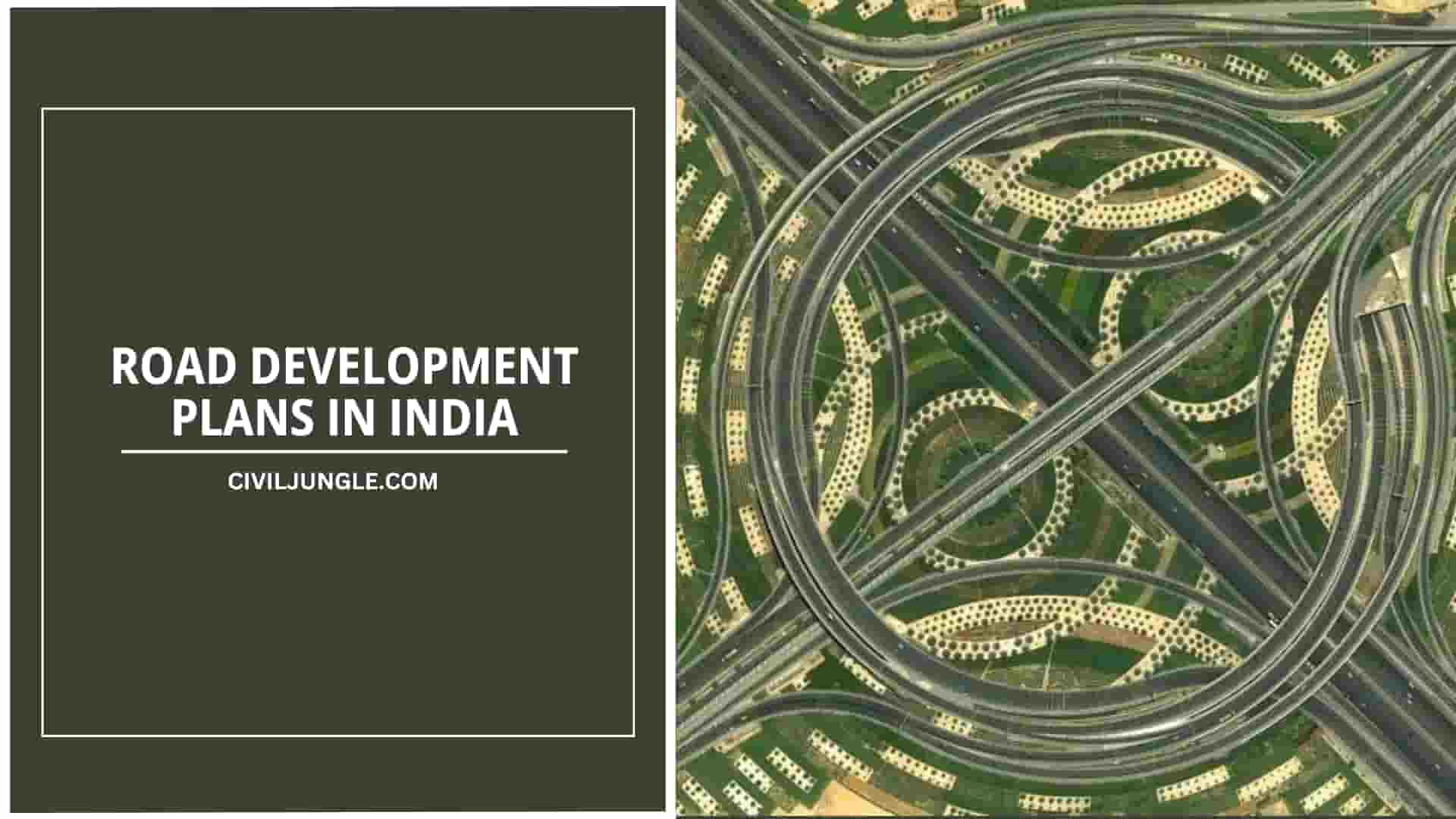


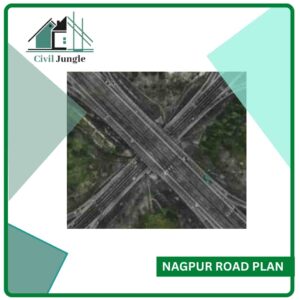
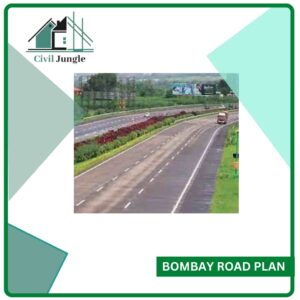
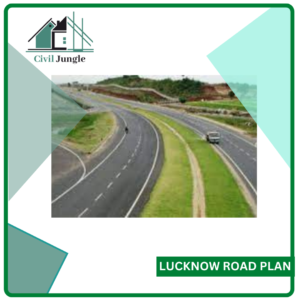
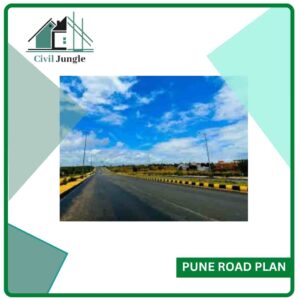
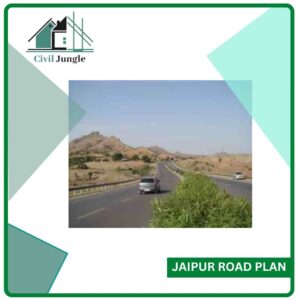
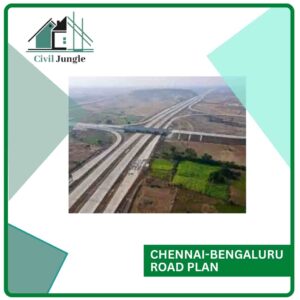
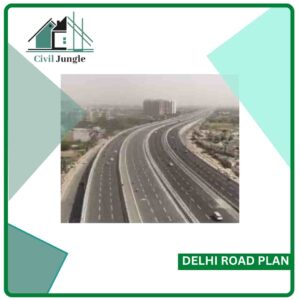

Leave a Reply